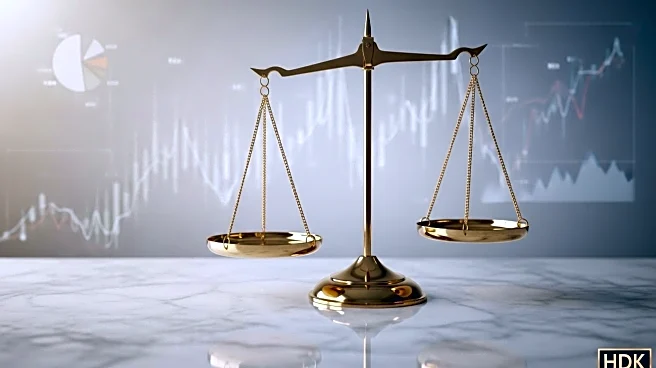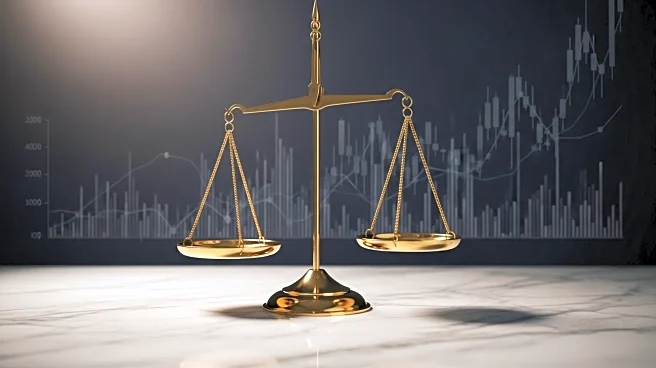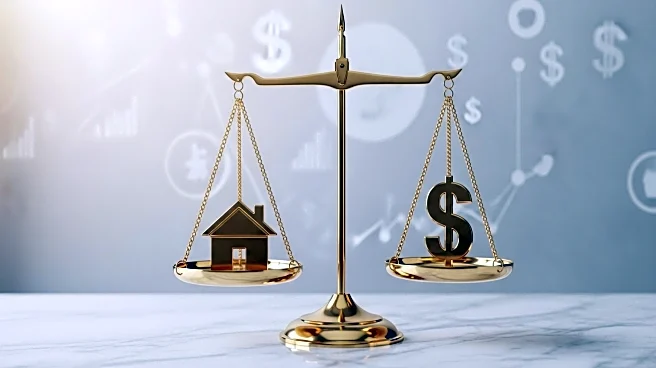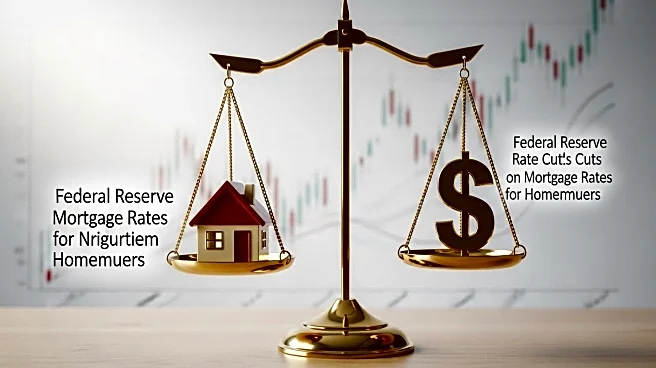What's Happening?
Analysts are anticipating a decision from the Federal Reserve to lower interest rates, marking the first such move since December. This expectation comes as the Federal Reserve aims to address ongoing economic challenges and stimulate growth. The decision to potentially cut rates is seen as a response to various economic indicators that suggest a need for monetary easing. The Federal Reserve's actions are closely watched by financial markets and economic stakeholders, as interest rate changes can significantly impact borrowing costs, consumer spending, and overall economic activity.
Why It's Important?
The anticipated reduction in interest rates by the Federal Reserve is significant for several reasons. Lower interest rates can lead to cheaper borrowing costs for consumers and businesses, potentially boosting spending and investment. This move could also support the housing market by making mortgages more affordable. However, it also reflects concerns about the current state of the economy, including potential slowdowns in growth. The decision will be closely monitored by investors and policymakers, as it could influence economic strategies and financial market dynamics. Stakeholders such as businesses, homeowners, and financial institutions stand to be directly affected by changes in interest rates.
What's Next?
If the Federal Reserve proceeds with the rate cut, it is likely to prompt reactions from various economic sectors. Businesses may adjust their investment plans, while consumers could see changes in loan and credit card interest rates. Additionally, the decision may influence future monetary policy discussions and economic forecasts. Financial markets will be particularly attentive to any statements from the Federal Reserve regarding the rationale behind the rate cut and potential future actions. The broader economic implications will depend on how effectively the rate cut stimulates economic activity and addresses underlying economic concerns.










